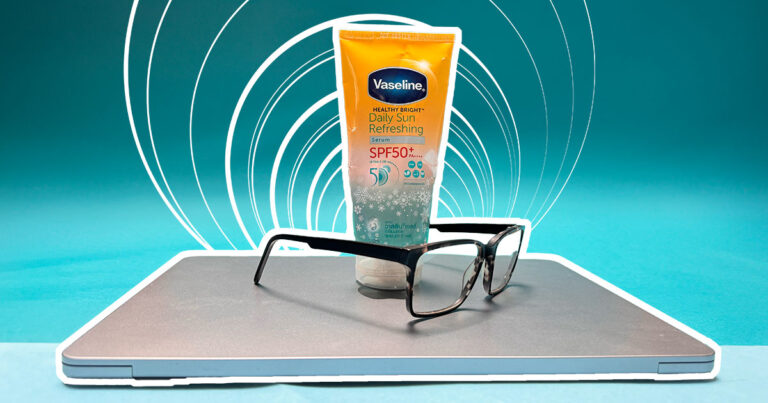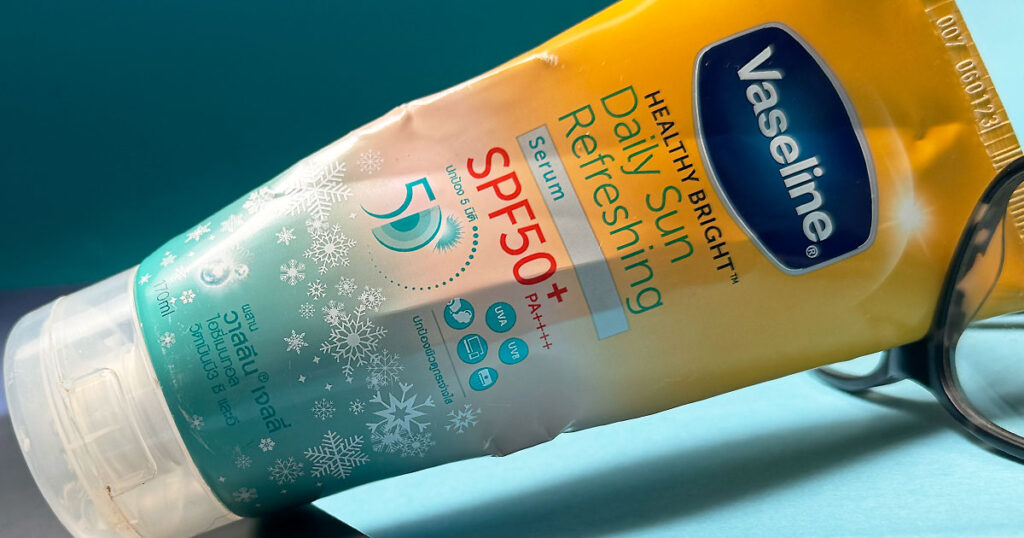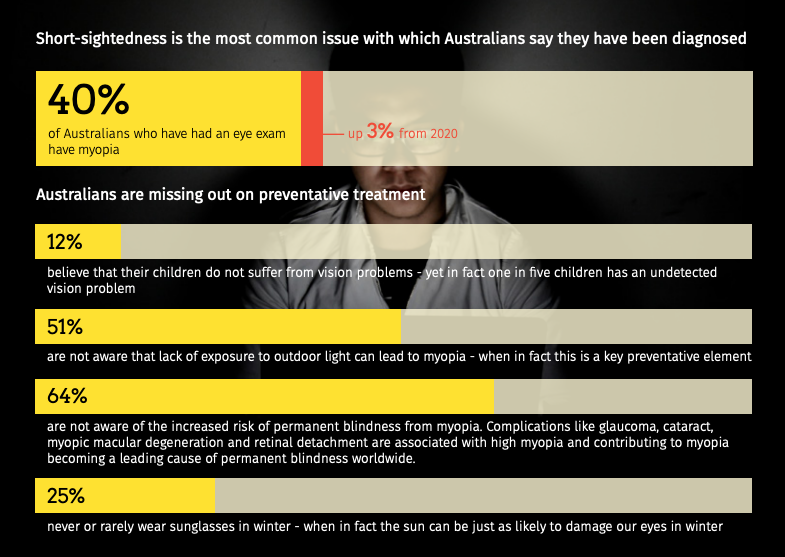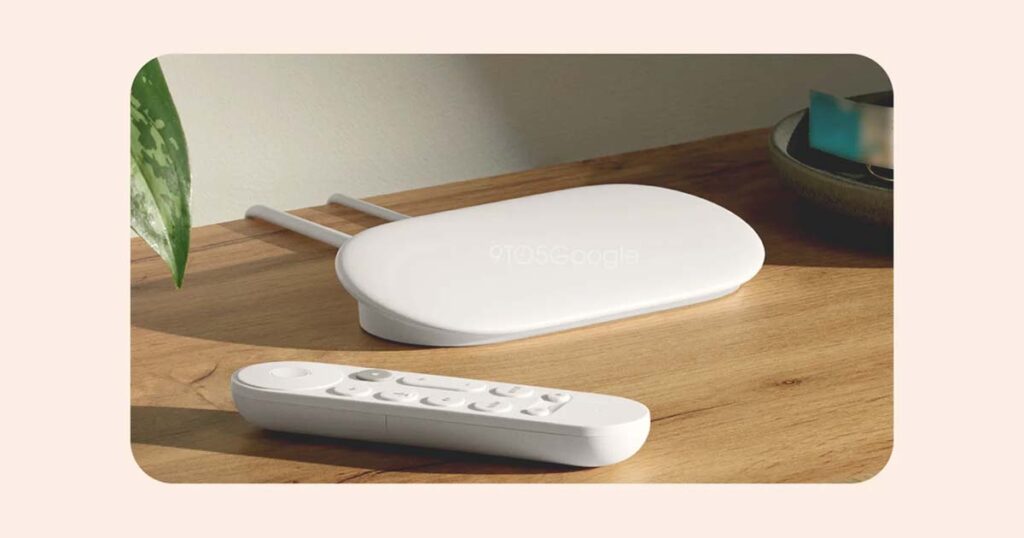Humidity at 99%, sun beaming through the window of the Uber as we skirted into central Singapore.
“We should grab some sunscreen” my partner muttered into the glass. Within 20 minutes we had settled on a non-descript SPF 50+ from the 7/11 next to our hotel. Along with icons of the sun, and water, the bottle depicted a smartphone and a laptop. We’d laughed, reading the words “blue light protection” on the side of the bottle. Nine months, and two expert interviews later I don’t find it as funny.
Articles dramatising the dangers of screen usage are a dime-a-dozen. They show us office workers hunched over laptops, squinting into the glare, sporting clothes that are three sizes too small for them. I hate this kind of propaganda. It catastrophizes the problem and plays on the insecurities so graciously bestowed upon us by society. This genre of fear-mongering made me sceptical of the proposed side effects of screen use, and seeing an iPhone icon on a sunscreen bottle pushed me over the edge. Surely this was BS.
I spoke to Jayde - a dermal clinician also known as drivenbybeauty on TikTok - who is known for her no-BS approach to evaluating skincare.
“You thought it was bullshit?” she asked me. I of course lied.
Jayde explained that there are two kinds of blue light, the one that comes from our screens is non-cancerous but not non-malicious.
“There's some [relatively new] studies around non-cancerous blue lights that [are] saying that it can stimulate inflammatory mediators in the skin increasing these reactive oxygen species.”
Reactive Oxygen Species (ROS) are oxygen molecules that react with skin cell molecules ultimately causing wrinkles, and lessening the skin’s ability to repair itself. These are generated by UV rays, pollution, and apparently from the spectrum of blue light emitted by our devices. How pernicious the blue light may be to our skin varies between people.
“It depends on each individual, so like If someone's at a desk all the time, and they're working 12-hour days, they're going to have more of an impact than someone else. If they've got a lot of rosacea, then maybe they're going to have more reactive oxygen species than someone else because they've already got a predisposition to that.”
Oxidative stress can lead to skin conditions such as hyperpigmentation, dehydration, and a loss of elasticity. All of these conditions can contribute to premature skin ageing, which is bad news for people like me who spend double-digit hours frowning at screens. Fortunately, the effects are preventable to a certain extent. As it turns out, the sunscreen coated with electronic iconography was wholly legitimate and may help counteract the effects. According to Jayde, the main things you can do to protect your skin against blue light damage is to use a full spectrum SPF, a vitamin C product in the morning and resveratrol at night.
We did, of course, end up looping back to the blue light buzzword everyone has heard - circadian rhythms. There is plenty of evidence that exposure to blue light at night can suppress the secretion of melatonin and throw off your sleep schedule. Lack of sleep can do some intense things to the body; from dehydrating your skin through to full-blown hallucinations. Apart from the rhythms of the night, the other human experience we associate with blue light is our vision.
I, in the glow of my monitor, and Dr Miki Zilnicki in the haze of her phone, sat down to chat about blue light and vision. Dr Zilnicki is an optometrist, visual therapist, and representative of blue light glasses manufacturer Gunnar Optiks. I was expecting a hard sell.
“The ocular health potential effects are just not known yet [for blue light],” Dr Zilnicki (affectionately Dr Z) told me, “We’re really like the living guinea pigs.”
Zoinks! I was surprised.
There is currently no research to suggest a strong correlation between blue light and macular degeneration, but our lives haven’t been screen-centric for long enough to be able to make those connections. The reason it is even a conversation is because blue light from the sun contributes to age-related macular degeneration. Dr Z thinks that if there are any effects, they’ll pop up in our generation’s elder years.
“When we’re 80 and old, we’ll finally figure it out.”
Regardless, she takes a no-harm, no-foul approach to blue light eye protection.
“There’s potential for it, there is nothing in stone. But if you have the opportunity to put on a pair of glasses, that one blocks the bluelight, and then also helps with the other digital eye strain pieces of the puzzle. In 50 years if they say that the blue light from our devices doesn’t harm anything then no harm, no foul.”
The real screen-related issue according to the optometric community is the pandemic of myopia (short-sightedness). In Australia alone, we’ve seen a 3% increase in shortsightedness symptoms between 2020 and 2022, with 40% of tested Aussies now experiencing myopia. According to estimates, 50% of the global population will need a prescription for the condition by 2050.
“There is going to be a huge increase in myopia because of all of this device use, and that is really what the biggest concern is,” said Dr Z. “We are literally living in evolution, our visual systems are changing because of our environment.”
While glasses can help with shortsightedness, Dr Z warns that the higher your prescription is the more ocular health implications there are. Your eyeball can stretch out, giving a higher risk of retinal holes, tears, and detachments, it comes with an increased chance of forming cataracts and can even result in blindness.
By this point in our conversation, I had become acutely aware of my eyeballs. I could almost feel them stretching as I glanced toward my abandoned glasses on the desk. I’d first noticed my eyesight deteriorating when I was in my early twenties - when I’d taken a data-entry job that had me staring at either doctors' handwriting or a monitor from the early 2000s for eight hours at a time. A short while later I had been given a prescription for shortsightedness. A year after that I had astigmatism. I hated that job.
Optometry Australia says that 90% of ocular issues are treatable, or preventable with early detection, but I didn’t really start to see any improvements until I switched to a new monitor in 2021. Packing up my old one I snuck a peek at the date it was manufactured. 2010.
While the tweenage monitor itself was forgettable, the switch wasn’t. The difference between my new Dell, with higher pixel density and WLED backlights was immediate, it had only taken me a couple of weeks before my eyes felt better without glasses than they did with.
According to CEO of Gunnar Optiks Joe Croft, one of the problems with CCFL (Cold Cathode Fluorescent Lamps) was “the depth created by a backlight, filter stack and often a glass or plexi layer on top”.
“You often felt the pixels, images, or text were floating in space,” said Croft.
I’m not 100% sure this old monitor was CCFL, but I know the floating feeling he was talking about. To me, it felt like the content sat in a gap between the display and the screen. Suspended in liminal space. Croft told me that technologies like OLED, as an example, help to flatten the depth on monitors, but the best screens to use are actually far less high-tech. He recommends matte, single-colour e-ink displays,
“Think [an] old-school Kindle,” he told me. “Keep it clean and smudge-free. This is one of the easiest and most underrated tips for visual ergonomics.”
For a while I’d thought that a new monitor had fixed my vision, but like everything else screen related it turned out that it wasn’t so simple. Blue light from screens can have an effect on your skin, and it isn’t limited to throwing out your sleep cycle. Yes, our eyes are deteriorating from screen use, but blue light isn’t the culprit. Better screen quality doesn’t necessarily equal less ocular damage.
By and large, these discoveries surprised me. I was sure that skincare products boasting blue light protection were actually just trying to boost sales. From a 7/11 in Singapore, this cynicism led me down a sunscreen-coated rabbit hole, and I emerged cautiously wary. Armed with a simple skincare routine, an appointment at OPSM, and a good microfibre cleaning cloth I feel more protected as I sit in the dull blue glow of my screens. As for blue light and eyesight though? Ask me again when I'm 80.







